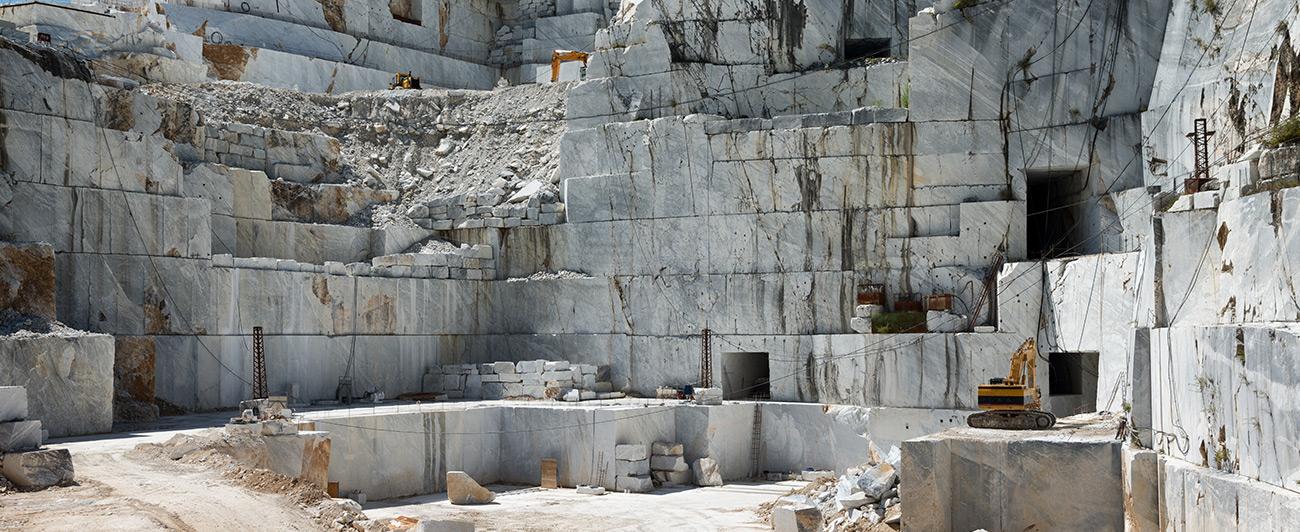
What Is Marble Natural Stone?
Marble is a metamorphic rock that forms when limestone undergoes intense heat and pressure deep within the Earth’s crust. This transformation alters its mineral structure, giving marble its signature crystalline texture and stunning veining.

Key Properties of Marble:
Marble’s light-reflective quality and natural veining bring elegance and depth to interiors, making it an ideal material for countertops, flooring, wall cladding, and decorative accents.
How Marble Is Formed: A Geological Journey
Marble originates from limestone, which forms over millions of years from marine sediments, including coral and shell fragments. When exposed to high temperatures and pressure during tectonic activity, the limestone recrystallizes, transforming into marble.

This metamorphic process creates interlocking crystals and absorbs mineral impurities, which contribute to the wide variety of colors and veining patterns.
No two marble slabs are identical—each is a unique result of geological history, sometimes even containing fossil imprints from its limestone origins.
Types and Colors of Marble Natural Stone
Marble’s visual diversity comes from its mineral content and place of origin. Below are some of the most popular marble types categorized by color.
White marble symbolizes purity, luxury, and minimalism. Its clean appearance and versatility make it highly sought-after for interiors.


Warm and neutral, beige marbles add understated sophistication to interiors.


Bold and dramatic, these marbles add depth and contrast.


Earthy and calming, green marbles offer a strong connection to nature.


Blue varieties provide a dramatic, luxurious effect.


Where Marble Comes From: Global Quarrying Sites
Marble is extracted from quarries around the world, each offering unique stone characteristics.
Famous Marble Quarries:
Marble Processing: From Quarry to Finished Slab
Once quarried, marble blocks go through several processing stages:

Finishing Techniques:
Using Marble Natural Stone in Interior Design
Marble's luxurious aesthetic and natural beauty make it ideal for modern interiors.
Interior Design Trends:


Combining marble with wood, metal, or concrete can balance its cool elegance with warmth and texture.
Installation and Maintenance Tips for Marble
While stunning, marble requires thoughtful installation and care to maintain its beauty.
Installation Tips:
Maintenance Best Practices:
Common Repairs:
Marble Alternatives: Engineered Stones vs. Natural Stone
While natural marble is unmatched in beauty, engineered alternatives are popular for their durability and lower maintenance.
Pros of Engineered Marble (Quartz, Porcelain):
Cons:
If you prioritize authenticity and timeless appeal, natural marble is the ideal choice. For high-traffic or low-maintenance areas, engineered options may be more practical.
Conclusion: Why Choose Marble Natural Stone?
From the quarries of Italy to the interiors of luxury homes worldwide, marble natural stone remains an iconic material. Its beauty, formed over millions of years, delivers unmatched sophistication to any space. Whether you choose classic Carrara or vibrant Verde Guatemala, marble elevates your environment with elegance, uniqueness, and enduring value.
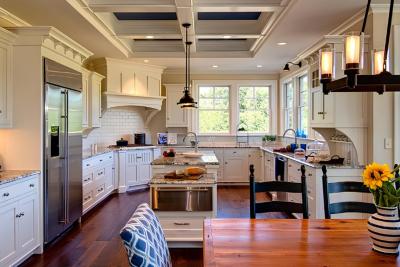
The News 14/12/2025
Architectural Digest gợi ý Cloud Dancer phù hợp với plush fabrics và những hình khối “mềm”, tránh cảm giác cứng/rigid; họ liên hệ nó với cảm giác “weightless fullness” (nhẹ nhưng đầy) [3]. Đây là cơ hội cho các dòng vải bọc, rèm, thảm, bedding: màu trắng ngà làm nổi sợi dệt và tạo cảm giác chạm “ấm”.Pantone has announced the PANTONE 11-4201 Cloud Dancer as the Color of the Year 2026: a "buoyant" and balanced white, described as a whisper of peace in the midst of a noisy world. This is also the first time Pantone has chosen a white color since the "Color of the Year" program began in 1999. Pantone calls Cloud Dancer a "lofty/billowy" white tone that has a relaxing feel, giving the mind more space to create and innovate [1].
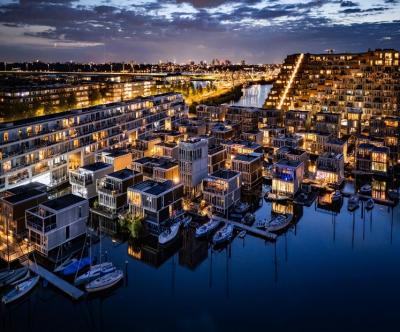
The News 04/12/2025
The Netherlands is one of the most vulnerable countries to climate change, with about a third of its area lying below sea level and the rest regularly at risk of flooding. As sea levels are forecast to continue to rise and extreme rains increase, the government is not only strengthening dikes and tidal culverts, but also testing new adaptation models. Floating housing in Amsterdam – typically the Waterbuurt and Schoonschip districts – is seen as "urban laboratories" for a new way of living: not only fighting floods, but actively living with water. In parallel with climate pressures, Amsterdam faces a shortage of housing and scarce land funds. The expansion of the city to the water helps solve two problems at the same time: increasing the supply of housing without encroaching on more land, and at the same time testing an urban model that is able to adapt to flooding and sea level rise.

The News 20/11/2025
Kampung Admiralty - the project that won the "Building of the Year 2018" award at the World Architecture Festival - is a clear demonstration of smart tropical green architecture. With a three-storey "club sandwich" design, a natural ventilation system that saves 13% of cooling energy, and a 125% greening rate, this project opens up many valuable lessons for Vietnamese urban projects in the context of climate change.
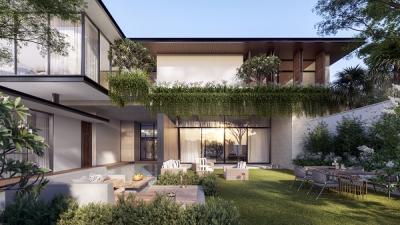
The News 10/11/2025
In the midst of the hustle and bustle of urban life, many Vietnamese families are looking for a different living space – where they can enjoy modernity without being far from nature. Tropical Modern villa architecture is the perfect answer to this need. Not only an aesthetic trend, this is also a smart design philosophy, harmoniously combining technology, local materials and Vietnam's typical tropical climate.
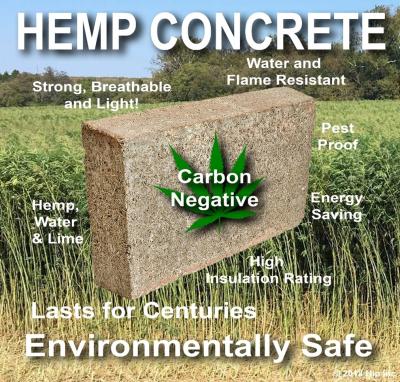
The News 25/10/2025
Hemp-lime (hempcrete) is a non-load-bearing covering material consisting of a hemp wood core (hemp shiv/hurd) combined with a lime-based adhesive, outstanding for its insulation – moisture conditioning – indoor environmental durability; in particular, IRC 2024 – Appendix BL has established a normative line applicable to low-rise housing, strengthening the technical-legal feasibility of this biomaterial.

The News 11/10/2025
Amid rapid urbanization and global climate change, architecture is not only construction but also the art of harmonizing people, the environment, and technology. The Bahrain World Trade Center (BWTC)—the iconic twin towers in Manama, Bahrain—is a vivid testament to this fusion. Completed in 2008, BWTC is not only the tallest building in Bahrain (240 meters) but also the first building in the world to integrate wind turbines into its primary structure, supplying renewable energy to itself [1]. This article explores the BWTC’s structural system and design principles, examining how it overcomes the challenges of a desert environment to become a convincing sustainable model for future cities. Through an academic lens, we will see that BWTC is not merely a building but a declaration of architectural creativity.